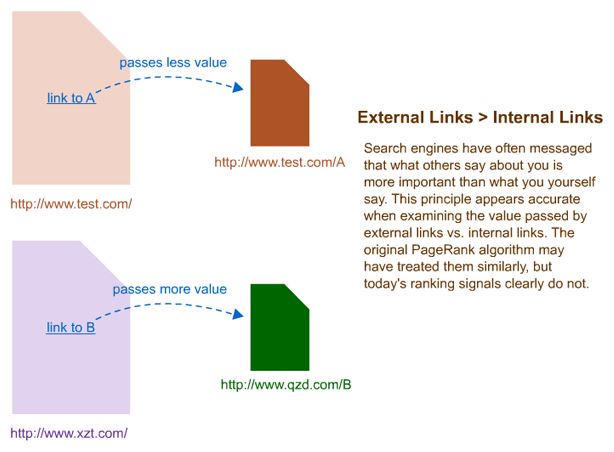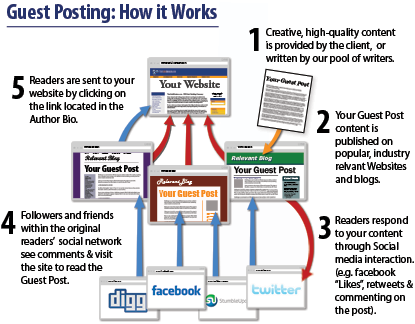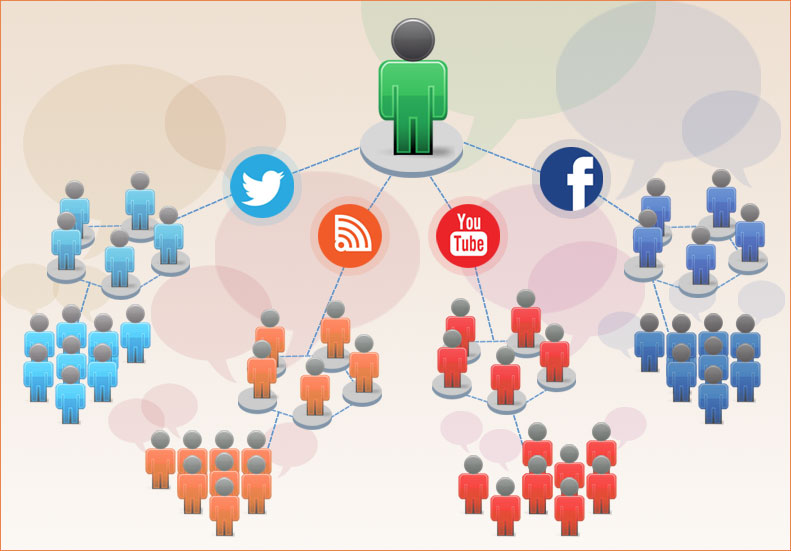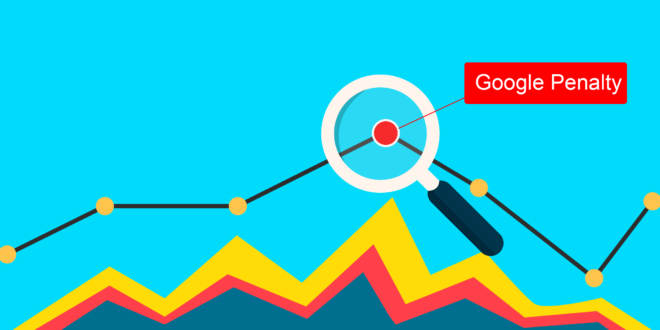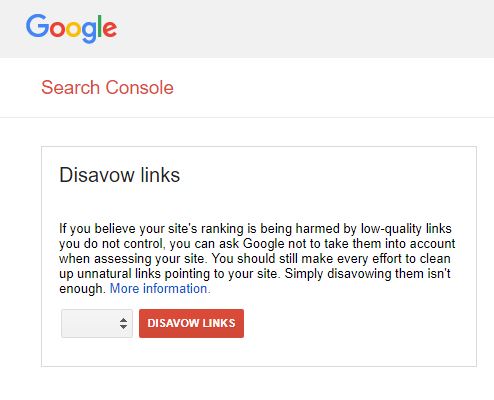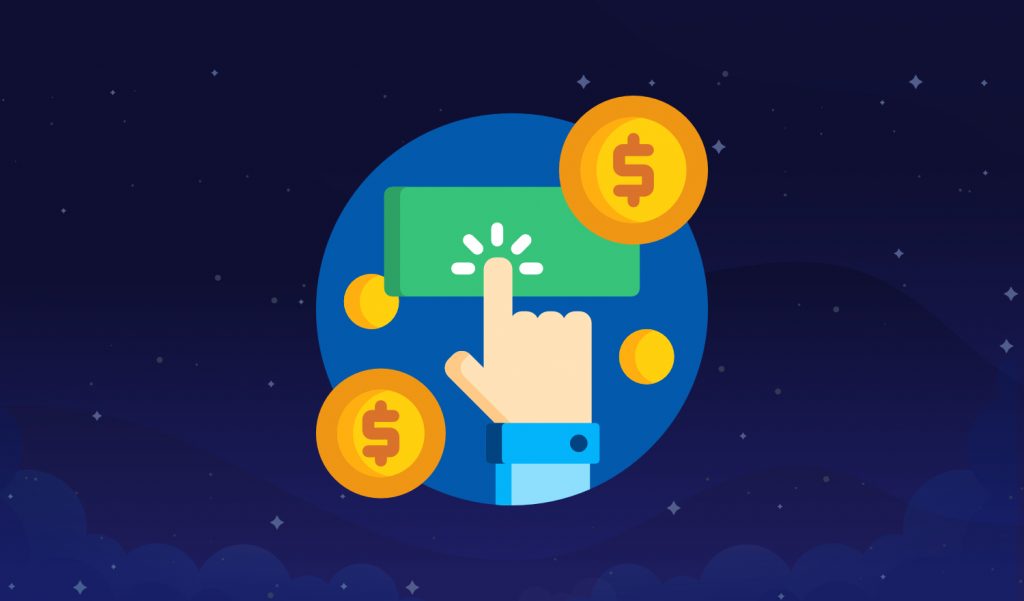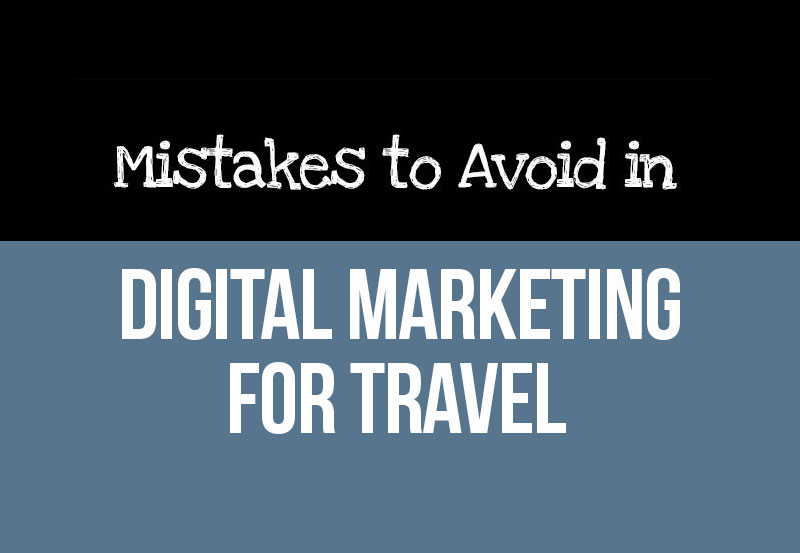The Definitive Guide to Link Building For Travel Companies in 2020-21
In this article you will learn:
- How to optimise your website for search engines
- How to find and fix broken links
- What to do if Google penalises your website
- How best to use internal and external links
- Why you should have good quality links
- Benefits of guest blogs
- Learn how social media can work for you
What types of links are there…
Links are one of the most important factors in your overall ranking.
There are three types of links:
Internal links
Links from part of your site to another page within your domain
Outbound links
Links that point to other sites around the web
Inbound links
Links from other sites that point users (and search engines) towards your site.
The existence of all types are required but as for the latter type, with inbound links, things can be a little more complicated.
Having quality in-bound links will help search engines find, classify and rank your site.
But how many links should you have towards other sites?
Usually you’ll find yourself with just a few hand-picked hyperlinks on each page. Unless you own Wikipedia, or a major directory, don’t think that you’ll ever go over 10 or 20 links in a single page.
On the other hand, if you expect to have more than 100 links in a single page, why not use two or more pages with smaller content fragments and lesser link numbers?
Inbound links are a more complicated environment, you could even get a penalty from Google if you have links from low quality sites, or links that follow an unnatural pattern.
Anchor Text Types
Anchor text is the visible characters and words that hyperlinks display when linking to another document or location on the web. It usually appears as blue underlined text.
There are six main types of anchor text at your disposal:
Exact-match
If the keywords used mirror exactly the page they’re linking to. i.e. “types of anchor text” linking to a page about types of anchor text.
Partial-match
This is when the anchor text includes the keyword as part of a longer anchortext . i.e. “advantages of different anchor text” linking to a page about anchor text.
Branded
When the brand name is used as the anchor text. i.e. “apollo” which links to an article on apollo’s website.
Naked Link
This is when the url (web address) is used rather than an anchor text. i.e. www.apollo.agency
Generic
This is when no relevant anchor text is used, instead a generic “click this” or “here” is used.
Images
Images used within websites are capable of being embedded with a web address so that when you click on the image it takes to to a website the same as a normal hyperlink.
What sort of inbound link to look for…
Don’t look for paid links. Paid links coming from link farms or reciprocal links are a curse not a blessing.
That’s because Google detects that these links are coming from a page or a set of pages that usually display an unnatural link pattern.
These linking domains are marked by Google to be not trustworthy and their links are considered the same.
As you may understand, if your site gains links from a wide variety of domains that have a clear correlation to your page, and these sites are considered trustworthy, then Google will get confident that your website is trusted by a number of different organizations.
Domain Authority
How much Google trusts a domain already is denoted by a magnitude called Domain Authority.
This is score from 1 to 100 points in a logarithmic scale. This in turn means that it’s significantly easier to grow your score from 20 to 30 than it is to grow from 70 to 80.
Look for links coming from high Domain Authority websites. Such sites have a very large number of high-quality external links.
Reversely, small businesses and personal websites with fewer inbound linksmay have a much lower Domain Authority score.
Brand new websites will always start with a Domain Authority score of one.
Because of the way Domain Authority is estimated, it is better to be used for comparison between sites that may have more prospective link profiles than others.
Both will help you gain the trust of Search Engines. The question is: How to represent your site as an Authority in you niche? Follow the steps:
- Make research. Learn about your topic.
- Start a blog and add content. Not just any content. Add in-depth, useful content.
- Present yourself as an authority and the niche as your field of expertise.
- Promote your content in the social media.
- Ask people for their opinion.
- Stay active. Develop more content.
This way you‘ll persuade people that you understand the topic, that they can count on what they read.
You can’t succeed in any niche unless your audience values your advice. When your users start viewing you as an authority you’ll get more followers.
Up to this point, we have discussed the importance of the selection of topic, the keyword and the content. Now let the links come into play.
Once again, you will need tools to analyze references to and form your site. Open Link Profiler (openlinkprofiler.org) and SEO Profiler (seoprofiler.com) are two great options. Pick one, input your site and study the results.
How to generate quality inbound links…
Guest Blogging
If you want to create high quality links to your site, perhaps the best way to do it is to create content on another site with the freedom to link back on your site.
Guest blogging is a great way to communicate with fellow bloggers and similar niche enthusiast, as well as your potential customers in a fruitful way.
- Kissmetrics – They will positively help you submit a high quality post. Check the topic list that interest them and get in contact with them. They surely welcome fresh, well-written article.
- HubSpot – HubSpot Inbound Marketing Blog has thousands of subscribers and attracts more than 800,000 monthly visits. If you have the confidence and experience, consider becoming a guest blogger.
- ProBlogger – ProBlogger helps a lot by providing useful guidelines and suggestions regarding your writing. This increases the chances of producing a high standards article that can be useful to the blog audience and get positive feedback.
- Copyblogger – Now that’s a tough blog. Writing content for Copyblogger is not a joke. But Copyblogger will support you and guide you to successfully submit a great guest article post.
DoFollow and NoFollow Links…
The difference between a DoFollow and NoFollow link is solely there for the use of the google crawlers, as an end user you wont see any difference in the hyperlink visually unless you look into the website code.
The purpose of having a NoFollow link is that the link is no longer indexed by Google and no longer considered part of your link profile.
This is beneficial as it removes the risk of links to your site that you cannot control or have removed.
All hyperlinks are DoFollow by default, the only time you need to make a change to the code is if you wish to make the link a NoFollow.
DoFollow Link Example
An example of a DoFollow link:
<a href=”http://www.google.com/”>Google</a>
NoFollow Link Example
The same example as a NoFollow link:
<a href=”http://www.google.com/” rel=”nofollow”>Google</a>
Create Good Quality Content
Creating good quality content is key to a successful website.
- Make pages primarily for users, not for search engines.
- Don’t deceive your users.
- Avoid tricks intended to improve search engine rankings.
- Think about what makes your website unique, valuable, or engaging. Make your website stand out from others in your field.
Also consider whats called evergreen content, evergreen content is content that is always relevant—much like the way evergreen trees retain their leaves all year around.
Follow the link below for an example:
www.skifamille.co.uk/blog/la-plagne-family-skiing
Attend Industry Events
Try to develop contacts, share ideas, socialize and be watchful.
The more you learn the more knowledgeable you become in your niche.
Broken Link Building
This technique is a very nice way to provide social work and gain high quality links.
Over the years, old sites, especially before the PHP era where sites where static in their vast majority, had their links hardcoded inside the HTML.
For this reason URLs where not dynamically produced. There wasn’t even a need for sitemap existence. This rigid situation led to a phenomenon called linkrot by some. The changes that occurred in a site didn’t reflect in the link URLs of other sites pointing to that site.
The result was that the number of links pointing to a non-existing webpage started to increase exponentially.
Broken link building is the procedure to offer new content and request that old forgotten link to be rerouted to your article. There are some prerequisites in order for this method to make sense.
First, you have to find a way to scan and locate broken links. Not any broken link. Instead, links that once pointed to content relevant with what you have to offer.
Special tools for that, such as www.brokenlinkcheck.com can help you find dead links fast.
Observe the site and the URL itself to distinguish if the link correlates with your niche. Second, you have to offer content that is at least better than the initial.
Second, you have to offer content that is at least better than the initial.
WayBack Machine (web.archive.org) can give you a clue of how outdated the lost article that corresponds to the broken link would seem today. Your article should not just be a bit better than the previous.
You always need to offer high quality valuable resources to earn the link and the reputation.
Thirdly, the owner of the broken link has to agree to change the reference. Usually, they have no reason to refuse. But be warned, some people are so busy or just don’t care. The majority though responds positively and that way you gain a very appreciated, high quality link.
Links are considered an intrinsic part of the site’s content. They connect your content with other content and, thus, form a chain of relationships.
The text and the media of the content form another type of relationship, they are descriptive of the topic and the keywords. What are the rules for successful SEO content writing, and what are the pitfalls that lurk in your way? Read on to find out!
Influencer Outreach
Influencers are people who are active on social media and blogs and, as the terms implies, they have the skills, talent and means to influence others in their field.
How do they do it? Nowadays, they use the internet mostly and blogs to be more precise.
Why is this important? Not only to learn from them, but then replicate the process and become a good blogger and potentially an influence to others in your own rite.
To become an influencer would certainly be a good thing, but let’s be honest, very few achieve that overnight. It requires significant time and dedication.
What you can do is put aside the influencers that don’t relate to your niche and focus on those that do.
You will find them easily from their blogs. Or use your existing network of contacts to identify link and guest blog opportunities.
Then your scope is to attract them in a way that the will influence positively the crowds in your favour. How will they do that? By writing articles, you may think. Well, perhaps they could do that. But no, they can influence the crowds by inviting you on their blog as a guest blogger.
Prior to achieving this, you’ll need to have a certain level of authority gained. If they think you have the skills and the quality, they’ll be more than happy to give you the opportunity of offering fresh, high quality, content.
The potential gain you have from this is huge: You establish yourself further as an authority, you gain links to your site, an audience that wasn’t initially yours, and even more you learn new things. The ultimate goal is that you become an influencer too.
Internal Links
Internal links help users, and Google, navigate from one page to another within the same domain. They are commonly used in main navigation.
Such hyperlinks are used in order to:
- Allow users to navigate through a website
- Maintain information structure for the website<
- Route link traffic and ranking power around several places of the website (from blog to shop and vice versa)
However, what about the links from other sites to yours? That’s the real goal. You need to bring links from the outside world to yours, on to your website.
Again, quantity is not the key, it’s all about the quality.
Quality links come from sites with authority. “Authority” is not just another term in the SEO jargon. It is your ultimate goal.
Your aim is to get a reference to your site from another high authority site. In order to do this, you have to be convincing in that linking to your site will benefit your target by providing good content.
Don’t think of link exchange, “I’ll link to your site if you link to mine”. This kind of trade died long ago. Actually, this is a good way to get your site de-indexed and send your ranking into decline!
It’s not necessarily good to buy links either, potentially you could waste your money with no SEO compensation at all.
Though, working with the right companies and high quality links and sites can be very beneficial.
How to fix a Google Penalty…
So you finally managed to get a full scan of your site metrics, a detailed SEO assessment and the results speak for themselves. Google has penalized your site.
The symptoms were there for the past few months but due to the rather sustained traffic you somewhat didn’t want to believe it is actually happening. You may have seen symptoms like:
- You don’t rank well for your own brand name any more. You find other sites rank better than yours. Think about it, you should have the first position when it come to your brand.
- Your pages that appeared on the first page of results have shift to the second or third without any action on your part.
- Your site rank has dropped from a decent two or three to zero or one and you cannot explain why.
- Google suddenly stopped revering cached search results from your site.
- A simple site search like “site:yourdomain.com” suddenly yields no results.
- You discover that your reference in Google’s results is other than your homepage.
How to Deal With a Penalty
The first step is to identify the problem.
Usually it is some sort of change, either on your side or with Google’s algorithms. If it’s the first case, undo the changes if possible to eliminate the problem.
For example if your site was hacked and Google scanned some malware, it wise to put on a clean back up as soon as possible.
On the latter, you need to go over the entire site and make sure that it conforms to the rules and best practices proposed by Google.
Here’s what you can do when the problem comes from inbound links that Google now considers as of poor quality:
Disclaim low ranking links
Place a request to Google not to count bad links that are harming your reputation. Click here to visit the disavow tool.
Get some links removed
A harder measure is to place a request or put in some legwork towards the site you get the bad links from, to get some of the remote links removed.
Request reconsideration
Especially if your penalty was human error. Usually, that will come after you have taken some actions on your side.
Be patient
It will take some time for Google to realize and act on your changes and disavow requests. Moreover, it could take a bit longer to re-crawl your site.
It is worth noting that in a few cases, the damage is so significant that there is no coming back from it.
If your domain has been denigrated you may want cease and drop the whole project.
Most penalties are rectifiable though, if you are willing to put the time and effort in and follow the SEO standards as your rebuild your site and reputation.
Don’t listen to voices that can erase penalties with a magic wand–unless, of course, you want to lose money while making things even worse.
Tourist Office Websites
There are plenty of ways to get recognition and website referrals for travel businesses.
Using local tourist offices are a great way of getting links back to your site as its also in their benefit to promote the companies who offer holidays to the destinations they promote.
Photos:
cearsinfotech.com
axelblog.com
justperfect.co.za
moz.com
By continuing to use the site, you agree to the use of cookies. more information
The cookie settings on this website are set to "allow cookies" to give you the best browsing experience possible. If you continue to use this website without changing your cookie settings or you click "Accept" below then you are consenting to this.
